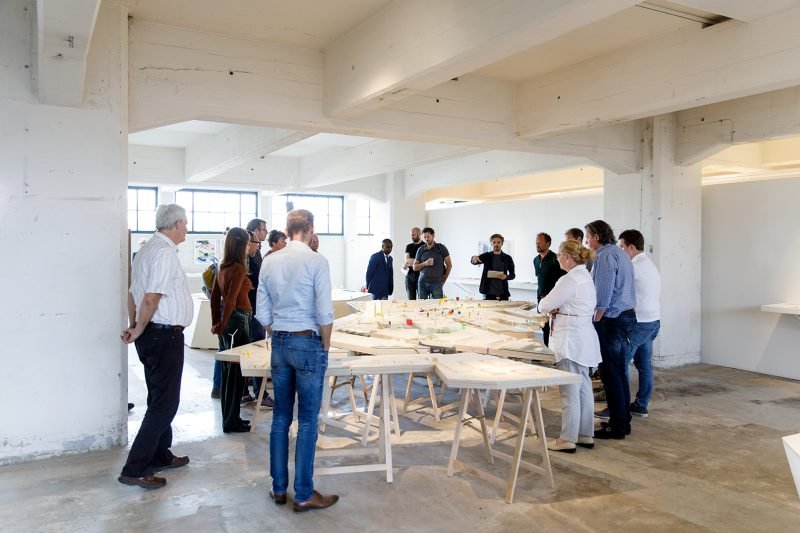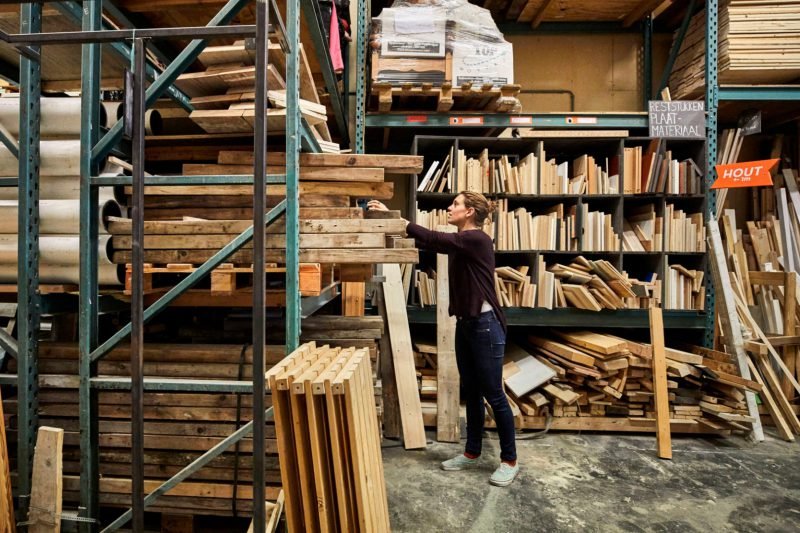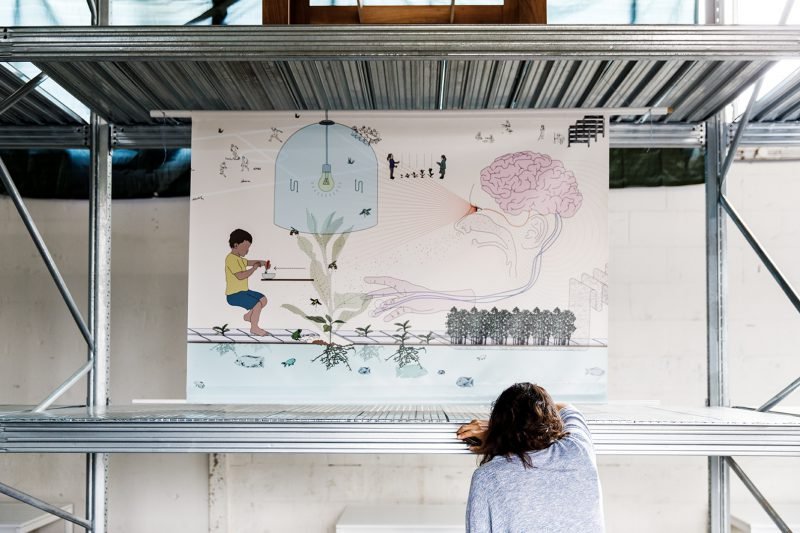Living With The Dead On Manila’s North Cemetery
Manila North Cemetery doesn’t only provide a final resting place for the dead. For more than 70 years, Manila’s largest cemetery has been home to living residents. With a current population of over 10,000, it has become an enormous living necropolis where life is among the dead.
The population of Manila North Cemetery exists largely of poor people who move into their family mausoleums, sharing space with the remains of their deceased relatives. Others arrived from the countryside, unable to find a way to afford a living in the big city. Most inhabitants live in primitively built shelters between (or on top of) tombs. It’s not an easy place to live, with poor conditions as in any other informal settlement — the place lacks basic amenities like hot water, electricity and a sewage system. In addition, living here means living in constant fear of getting evicted by local authorities.

Nonetheless, the cemetery has become home to a living community with a vibrant ‘street life’. The people who live here rank among the poorest of Manila, but they have managed to build livelihoods from the dead, creating an economy within the cemetery primarily by taking care of the tombs. Children carry coffins and collect metals, while their parents repair and clean graveyards. Additionally, they run local businesses from the mausoleums — working as vendors in self-developed small shops for everyday needs like groceries, and even restaurants and bars.

Urban informality is a complex and urgent issue in today’s fast growing cities. Urbanization processes in these cities have often led to a growing segregation at the expense of the poor. The combination of a fast growing population and housing shortage in Manila’s metropolitan region forced them to move into the most unusual places, even when this means they need to be living with the dead. Nonetheless, informal settling can also lead to valuable scenes. In this case, people have captured value from the unusual place of the cemetery through informal settling — a community has arisen and an entire economy is built upon activities in and around the cemetery.
Pop-Up City is an official media partner of the International Architecture Biennale Rotterdam 2016. Living Necropolis: A Case Study in Humane Ephemeral City is featured in IABR—2016’s main exhibition.



